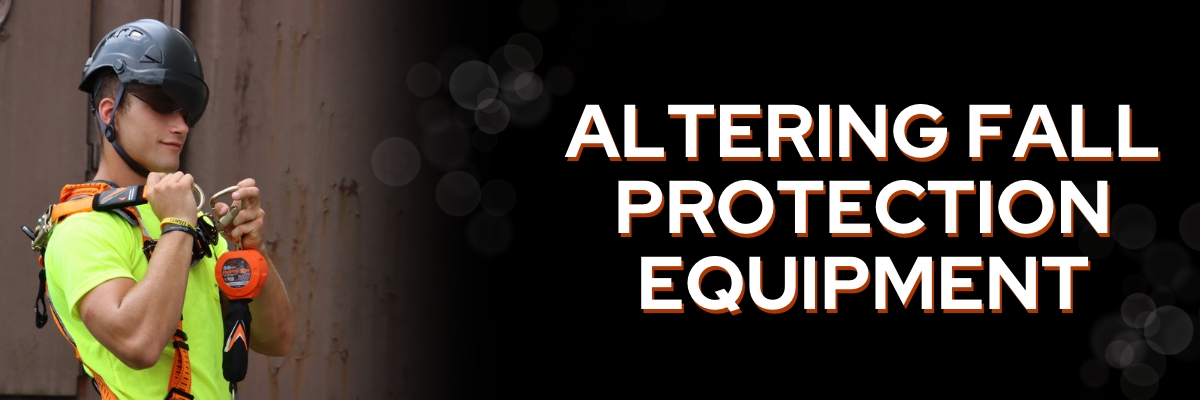In this month’s Dynamic Discussion, Greg and David are answering your fall protection questions submitted through our website.
https://youtu.be/L2y5jlj9Jfw
1. IS IT OKAY TO TIE-OFF TO THE FRONT D-RING OF YOUR HARNESS?
It is important to note that a full body harness has multiple front attachment points.
- Frontal D-Ring: located at your abdomen region.
- Sternal D-Ring: located across your sternum/chest area.
Understanding which front D-Ring to attach to and when can help to ensure proper use of your harness.
- The frontal D-Ring is used only with ladder climbing systems and tower climbing where no freefall is possible. This applies to ladders that are in fixed positions with a vertical lifeline assembly that has been engineered to work.
- The sternal D-Ring can be used in some fall arrest applications. If you can guarantee your freefall distance is less than two feet and a back d-ring tie-off is infeasible or dangerous, you can use the sternal d-ring for fall arrest tie-off.
It is always best to consult the user manual for your harness regarding front D-Rings. Also, check your internal company policies to make sure that you are complying to find the best solution for your fall protection equipment.

2. WHAT IS THE BEST FALL PROTECTION GEAR FOR WORKING IN TRENCHES?
When working in a trench you want to determine the size of the confined space and what your fall hazards are going to be.
If walking around can pose potential fall hazards into the trench, a full body harness is necessary for that confined space. It is important to note that when working in a trench or confined space, typically you are unable to tie off at foot level due to the lack of ample fall clearance between the walking working surface and the bottom of the trench/confined space. In addition to a harness, you will be attached to a self-retracting device with rescue capabilities. Rescue should include a winch, allowing workers to be raised out of a confined space in case of a fall.
Generally, concerns in trench work pertain to confined space rescue and some fall hazards. Malta Dynamics offers the X250, a fall protection system that can be placed over a trench edge to provide anchorage. This comes equipped with our Confined Space Rescue Retrieval Kit, a self-retracting lifeline with rescue capabilities, providing both rescue and anchor point for confined space fall protection.
XSERIES X250
Confined Space Rescue Retrieval Kit

3. AM I ABLE TO ALTER MY FALL PROTECTION DEVICES?
The default answer is no.
For example, a steel worker deems his beam clamp too bulky for work environments. If he were to use tools to manually shave down the material on the flanges of that clamp, this would likely render it completely ineffective in a fall. Fall protection equipment is rigorously tested to meet OSHA and ANSI testing requirements and altered PPE would fail inspection due to changes in the fit, form, and function of the product itself. Even simply wrapping tape around a safety harness could alter the ability for that piece of equipment to work properly.
Remember, it is always a good idea to look at the user manual if you do not see any specifics on what you can and cannot do. Contact your manufacturer to discuss alterations and clear it with your supervisor or safety manager before making any changes to any part of your fall protection.

Have a fall protection question?
Submit your question, and you could be featured on Dynamic Discussions!
